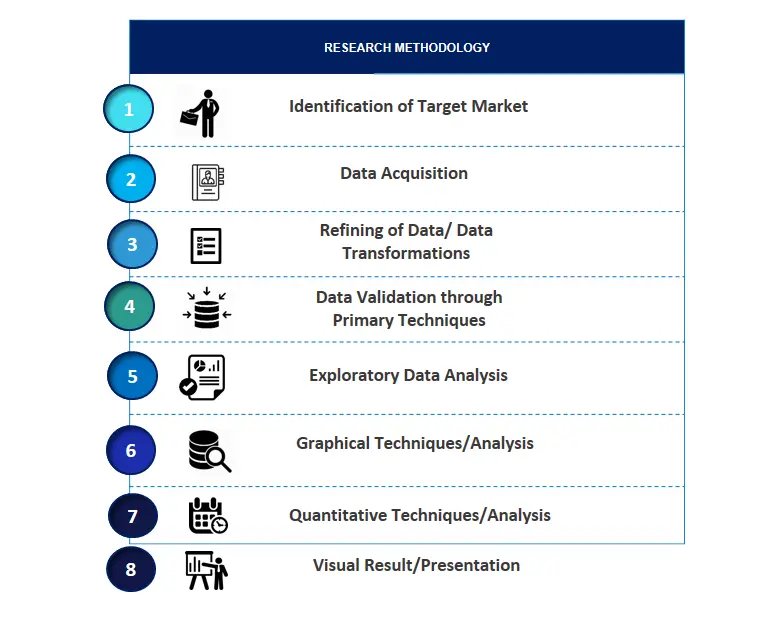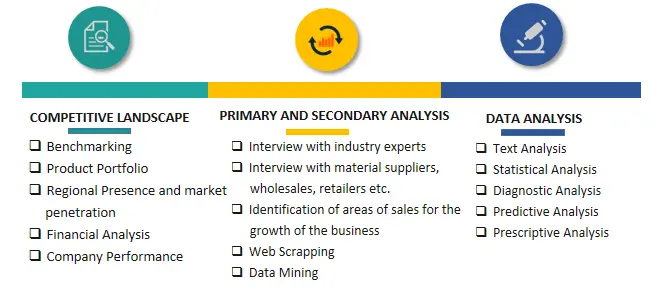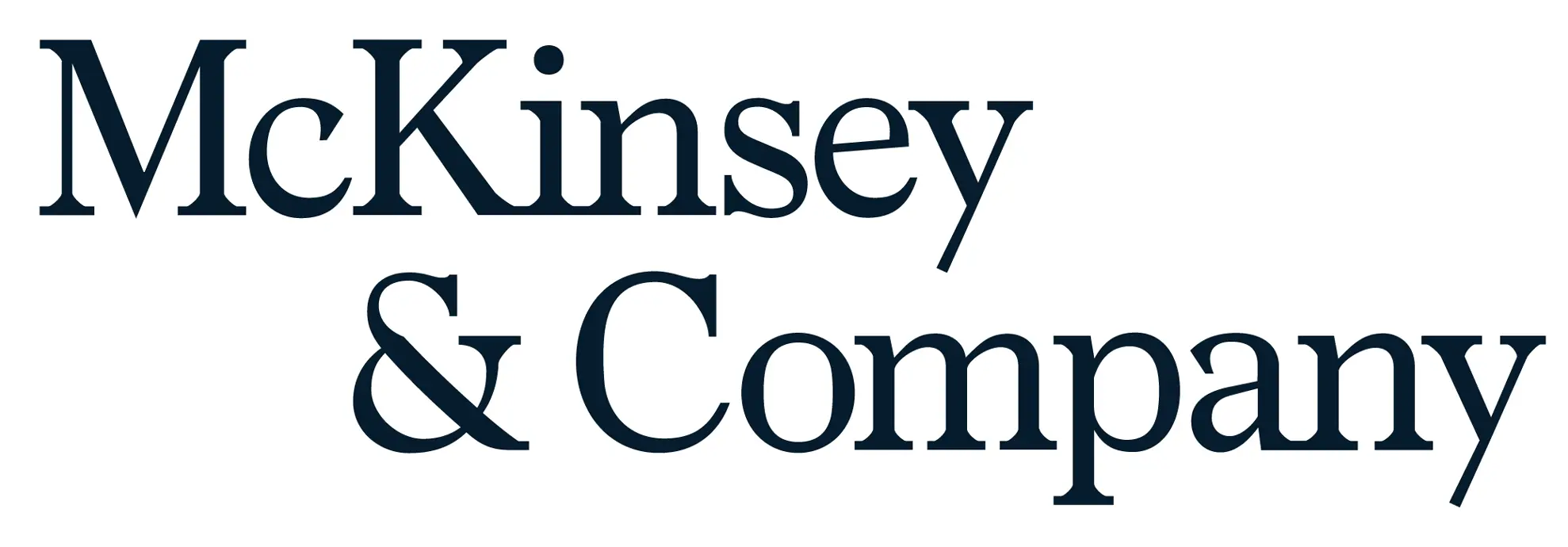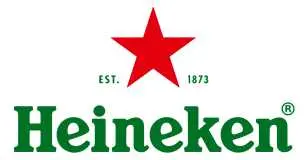
Global Minimally Invasive Surgical Systems Market Insights, Size and Growth Forecast To 2027
Global Minimally Invasive Surgical Systems Market- By Product (Endoscopes and Endoscopic Systems, Video and Visualization Systems, Instruments and Accessories, Surgical Robotics), By Application (Conventional, Surgical Robotics), By End-Users (Hospitals, Ambulatory Surgical Centers, Specialty Clinics), and By Region (North America, Europe, Asia Pacific, South America, and Middle East, & Africa)- Global forecast from 2020-2027.
| Published: Jun-2020 | Report ID: HLCA2027 | Pages: 1 - 250 | Formats*: |
| Category : Healthcare | |||
1.1. Market Modelling1.2. Product Analysis1.3. Market Trend and Economic Factors Analysis1.4. Market Segmental Analysis1.5. Geographical Mapping1.6. Country Wise Segregation
2.1. Identification of Target Market2.2. Data Acquisition2.3. Refining of Data/ Data Transformations2.4. Data Validation through Primary Techniques2.5. Exploratory Data Analysis2.6. Graphical Techniques/Analysis2.7. Quantitative Techniques/Analysis2.8. Visual Result/Presentation
4.1. Economic Factor Analysis4.1.1. Drivers4.1.2. Trends4.1.3. Opportunities4.1.4. Challenges4.2. Competitors & Product Analysis4.3. Regulatory Framework4.4. Company market share analysis, 20194.5. Porter’s Five forces analysis4.6. New Investment Analysis4.7. PESTEL Analysis
5.1. Market Size & Forecast, 2016-20275.1.1. Demand5.1.1.1. By Value (USD Million)5.2. Market Share & Forecast, 2016-20275.2.1. By Product Type5.2.1.1. Endoscopes and Endoscopic Systems5.2.1.1.1. Rigid Endoscopes5.2.1.1.2. Flexible Endoscopes5.2.1.2. Video and Visualization Systems5.2.1.3. Instruments and Accessories5.2.1.4. Surgical Robotics5.2.2. By Application5.2.2.1. Conventional5.2.2.2. Surgical Robotics5.2.3. By End-Users5.2.3.1. Hospitals5.2.3.2. Ambulatory Surgical Centers5.2.3.3. Specialty Clinics5.2.4. By Region5.2.4.1. Europe5.2.4.2. North America5.2.4.3. Asia Pacific5.2.4.4. South America5.2.4.5. Middle East & Africa
6.1. Europe Minimally Invasive Surgical Systems Size & Forecast, 2016-20276.1.1. Demand6.1.1.1. By Value (USD Million)6.2. Europe Minimally Invasive Surgical Systems Market Share & Forecast, 2016-20276.2.1. By Product Type6.2.1.1. Endoscopes and Endoscopic Systems6.2.1.1.1. Rigid Endoscopes6.2.1.1.2. Flexible Endoscopes6.2.1.2. Video and Visualization Systems6.2.1.3. Instruments and Accessories6.2.1.4. Surgical Robotics6.2.2. By Application6.2.2.1. Conventional6.2.2.2. Surgical Robotics6.2.3. By End-Users6.2.3.1. Hospitals6.2.3.2. Ambulatory Surgical Centres6.2.3.3. Specialty Clinics6.2.4. By Country6.2.4.1. Germany6.2.4.2. UK6.2.4.3. France6.2.4.4. Italy6.2.4.5. Rest of Europe6.2.5. Company Market Share (Top 3-5)6.2.6. Economic Impact Study on Europe Minimally Invasive Surgical Systems Market
7.1. North America Minimally Invasive Surgical Systems Market Size & Forecast, 2016-20277.1.1. Demand7.1.1.1. By Value (USD Million)7.2. North America Minimally Invasive Surgical Systems Market Share & Forecast, 2016-20277.2.1. By Product Type7.2.1.1. Endoscopes and Endoscopic Systems7.2.1.1.1. Rigid Endoscopes7.2.1.1.2. Flexible Endoscopes7.2.1.2. Video and Visualization Systems7.2.1.3. Instruments and Accessories7.2.1.4. Surgical Robotics7.2.2. By Application7.2.2.1. Conventional7.2.2.2. Surgical Robotics7.2.3. By End-Users7.2.3.1. Hospitals7.2.3.2. Ambulatory Surgical Centers7.2.3.3. Specialty Clinics7.2.4. By Country7.2.4.1. US7.2.4.2. Canada7.2.4.3. Mexico7.2.5. Company Market Share (Top 3-5)7.2.6. Economic Impact Study on North America Minimally Invasive Surgical Systems Market
8.1. Asia Pacific Minimally Invasive Surgical Systems Market Size & Forecast, 2016-20278.1.1. Demand8.1.1.1. By Value (USD Million)8.2. Asia Pacific Minimally Invasive Surgical Systems Market Share & Forecast, 2016-20278.2.1. By Product Type8.2.1.1. Endoscopes and Endoscopic Systems8.2.1.1.1. Rigid Endoscopes8.2.1.1.2. Flexible Endoscopes8.2.1.2. Video and Visualization Systems8.2.1.3. Instruments and Accessories8.2.1.4. Surgical Robotics8.2.2. By Application8.2.2.1. Conventional8.2.2.2. Surgical Robotics8.2.3. By End-Users8.2.3.1. Hospitals8.2.3.2. Ambulatory Surgical Centers8.2.3.3. Specialty Clinics8.2.4. By Country8.2.4.1. China8.2.4.2. India8.2.4.3. Japan8.2.4.4. Australia8.2.4.5. Rest of Asia Pacific8.2.5. Company Market Share (Top 3-5)8.2.6. Economic Impact Study on Asia Pacific Minimally Invasive Surgical Systems Market
9.1. South America Minimally Invasive Surgical Systems Market Size & Forecast, 2016-20279.1.1. Demand9.1.1.1. By Value (USD Million)9.2. South America Minimally Invasive Surgical Systems Market Share & Forecast, 2016-20279.2.1. By Product Type9.2.1.1. Endoscopes and Endoscopic Systems9.2.1.1.1. Rigid Endoscopes9.2.1.1.2. Flexible Endoscopes9.2.1.2. Video and Visualization Systems9.2.1.3. Instruments and Accessories9.2.1.4. Surgical Robotics9.2.2. By Application9.2.2.1. Conventional9.2.2.2. Surgical Robotics9.2.3. By End-Users9.2.3.1. Hospitals9.2.3.2. Ambulatory Surgical Centres9.2.3.3. Specialty Clinics9.2.4. By Country9.2.4.1. Brazil9.2.4.2. Argentina9.2.4.3. Rest of South America9.2.5. Company Market Share (Top 3-5)9.2.6. Economic Impact Study on South America Minimally Invasive Surgical Systems Market
10.1. Middle East & Africa Minimally Invasive Surgical Systems Market Size & Forecast, 2016-202710.1.1. Demand10.1.1.1. By Value (USD Million)10.2. Middle East & Africa Minimally Invasive Surgical Systems Market Share & Forecast, 2016-202710.2.1. By Product Type10.2.1.1. Endoscopes and Endoscopic Systems10.2.1.1.1. Rigid Endoscopes10.2.1.1.2. Flexible Endoscopes10.2.1.2. Video and Visualization Systems10.2.1.3. Instruments and Accessories10.2.1.4. Surgical Robotics10.2.2. By Application10.2.2.1. Conventional10.2.2.2. Surgical Robotics10.2.3. By End-Users10.2.3.1. Hospitals10.2.3.2. Ambulatory Surgical Centers10.2.3.3. Specialty Clinics10.2.4. By Country10.2.4.1. Saudi Arabia10.2.4.2. UAE10.2.4.3. South Africa10.2.4.4. Rest of Middle East & Africa10.2.5. Company Market Share (Top 3-5)10.2.6. Economic Impact Study on Middle East & Africa Minimally Invasive Surgical Systems Market
11.1. Company Description11.2. Financial Analysis11.3. Key Products11.4. Key Management Personnel11.5. Contact Address11.6. SWOT Analysis11.7. Company ProfileConventional Minimally Invasive Surgical Systems11.7.1. Olympus Corporation, Boston Scientific Corporation11.7.2. Stryker Corporation, Medtronic Plc11.7.3. J&J11.7.4. Hoya Corporation11.7.5. B. Braun Melsungen AG11.7.6. FUJIFILM Medical Systems U.S.A.11.7.7. Inc., Smith & Nephew plc11.7.8. Fortimedix Surgical B.V.11.7.9. Cook Medical LLC.11.7.10. Other Prominent PlayersSurgical Robotics11.7.11. Intuitive Surgical Inc.11.7.12. Stryker Corporation11.7.13. Corindus, Inc.11.7.14. Smith & Nephew Plc11.7.15. Zimmer Biomet11.7.16. Medtronic Plc11.7.17. Medrobotics Corporation and Renishaw Pl
SPER Market Research’s methodology uses great emphasis on primary research to ensure that the market intelligence insights are up to date, reliable and accurate. Primary interviews are done with players involved in each phase of a supply chain to analyze the market forecasting. The secondary research method is used to help you fully understand how the future markets and the spending patterns look likes.
The report is based on in-depth qualitative and quantitative analysis of the Product Market. The quantitative analysis involves the application of various projection and sampling techniques. The qualitative analysis involves primary interviews, surveys, and vendor briefings. The data gathered as a result of these processes are validated through experts opinion. Our research methodology entails an ideal mixture of primary and secondary initiatives.



Frequently Asked Questions About This Report
PLACE AN ORDER
Year End Discount
Sample Report
Pre-Purchase Inquiry
NEED CUSTOMIZATION?
Request CustomizationCALL OR EMAIL US
100% Secure Payment






Related Reports
Our Global Clients
Our data-driven insights have influenced the strategy of 200+ reputed companies across the globe.




















